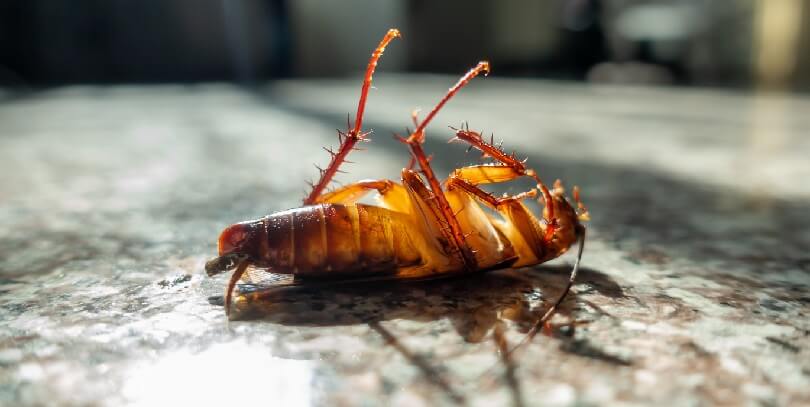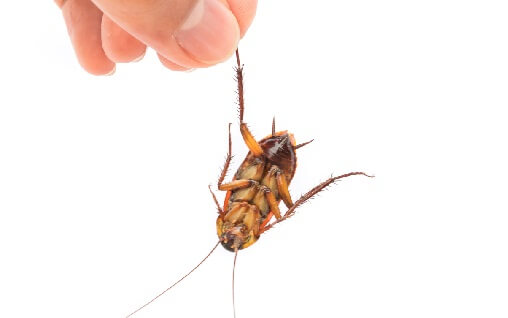Why Are Roaches So Scary?

We’ve all experienced it at least once: the sudden shock of spotting a cockroach, followed by that instant, gut-wrenching fear. But have you ever paused and wondered why? Why does such a tiny creature, which poses no direct harm to us, evoke such a powerful and visceral reaction? Let’s dive into the world of roaches and explore this intriguing question.
Roaches At A Glance
| Feature | Description |
|---|---|
| Appearance | Oval body with long antennae and legs |
| Vision | Eyes on top of their head, with over 2,000 lenses, allowing multiple vision angles |
| Behavior | Nocturnal, swift, and unpredictable |
| Lifespan | Several months to over a year, depending on species |
| Reproduction | Prolific breeders; some females can produce up to 30,000 offspring in a year |
| Resilience | Can withstand higher radiation levels than humans |
Sudden Shock Factor
Roaches are experts at playing hide and seek. They thrive in the darkness, making their appearances abrupt and unexpected. It’s a classic horror movie scenario: just like that masked figure who suddenly pops out from behind the curtain, roaches catch us off guard.
This unexpectedness results in many people’s automatic and primal flight or fight response. Simply put, our brains have yet to quite catch up with the fact that the sudden appearance of a cockroach isn’t an immediate threat to our survival.

Physical Appearance
Roaches, with their long antennae, numerous legs, and swift scuttling movements, are unlike most creatures we encounter daily. Combined with their sudden, jerky motions, these attributes can be deeply unsettling. Plus, their tendency to come out of unseen places taps into our natural aversion to the unknown.
Deep-rooted Evolutionary Disgust
Historically, our ancestors had a good reason to avoid roaches and similar pests. In an era when hygiene was not as understood or prioritized as it is today, pests were often carriers of diseases.
Over time, this evolutionary disgust became ingrained in our psyche, serving as a survival mechanism to steer us away from potential health threats.
Cultural Conditioning
Media and societal reactions play a significant role in shaping our perceptions. Horror films and stories often use roaches to represent filth, decay, and decay.
Additionally, witnessing someone else’s fear, like a parent or grandparent reacting with terror—can have a profound and lasting impact. Moreover, personal traumatic experiences, like waking up to a roach crawling on you, can etch lasting memories and cause deep-seated phobias.

Why Not The Same Fear For Mosquitoes?
While mosquitoes are carriers of diseases and feed on human blood, they don’t incite the same fear as roaches. This discrepancy might be due to their size and our familiarity with them.
Mosquitoes are regularly present in many regions, and their humming sound often gives them away. Roaches, on the other hand, maintain the element of surprise.
Overcoming Katsaridaphobia
Fear of cockroaches, known as Katsaridaphobia, can range from mild unease to severe phobia. Addressing this fear often requires a multifaceted approach:
- Education: Understanding cockroaches are not directly harmful can help rationalize the fear.
- Exposure Therapy: Gradually increasing exposure, from looking at pictures to being in the same room, can help desensitize the fear.
- Professional Help: Therapies like hypnotherapy, CBT, and psychotherapy can help individuals address and overcome their phobia.
Conclusion
Despite being harmless to humans, roaches evoke fear due to a combination of evolutionary, cultural, and personal reasons. Understanding the roots of this fear and seeking appropriate interventions can help individuals manage it.
In many cases, they overcome their aversion or phobia of these age-old pests. Remember, knowledge and understanding are the first steps to conquering fear.

James E. Butkovich, Pest control maven with a knack for eco-friendly & Chemical solutions. Blogger with a mission to make homes pest-free, one post at a time.